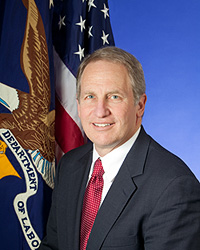News
A post from The Pump Handle blog
Bangladesh Accord extended three years – worker protections strengthened, proponents promote an “alternative to standard CSR programs”
July 21, 2017
Never miss the latest news and trends driving the safety industry
eNewsletter | Website | eMagazine
JOIN TODAYCopyright ©2024. All Rights Reserved BNP Media.
Design, CMS, Hosting & Web Development :: ePublishing









